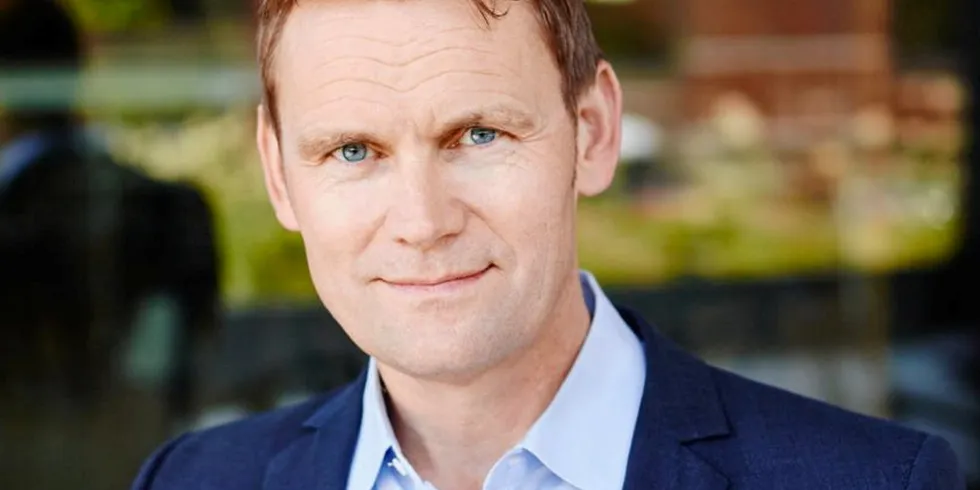Don't blame us | Electrolyser producers being held back by lack of green hydrogen FIDs
We won’t agree any further GW capacity until ‘concrete is being poured’ on green H2 projects, say CEOs of manufacturers Nel and ITM

We won’t agree any further GW capacity until ‘concrete is being poured’ on green H2 projects, say CEOs of manufacturers Nel and ITM
